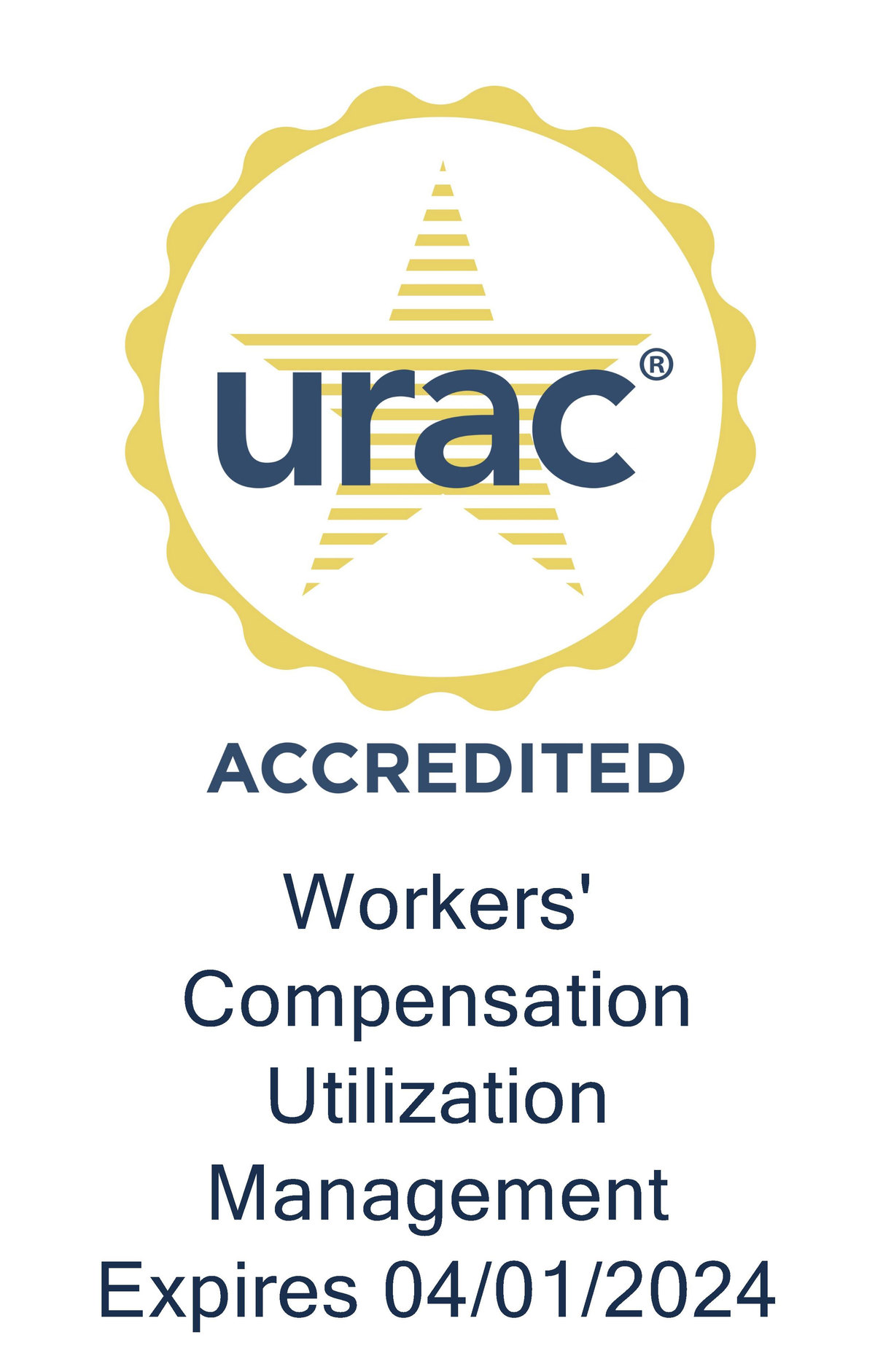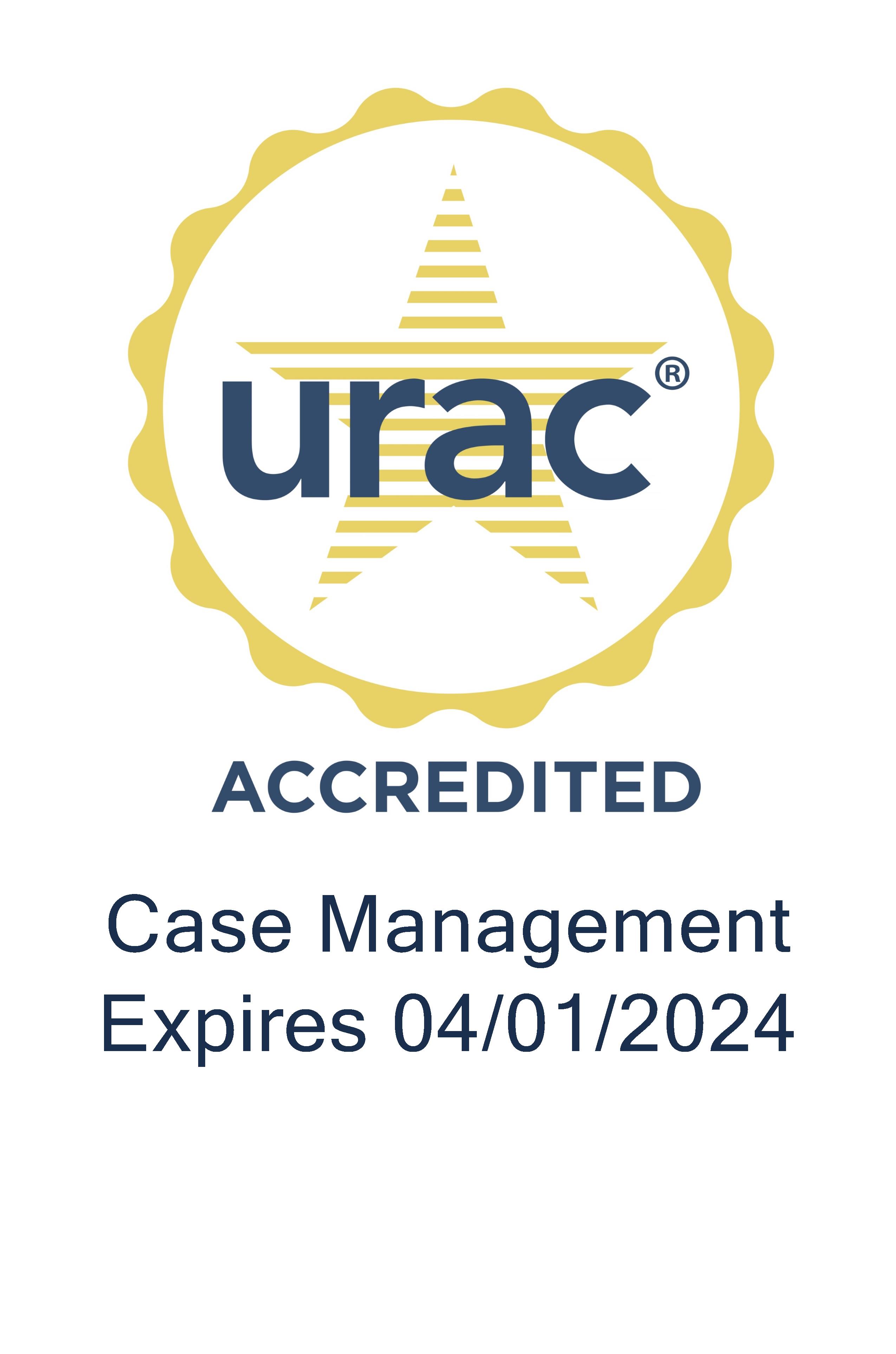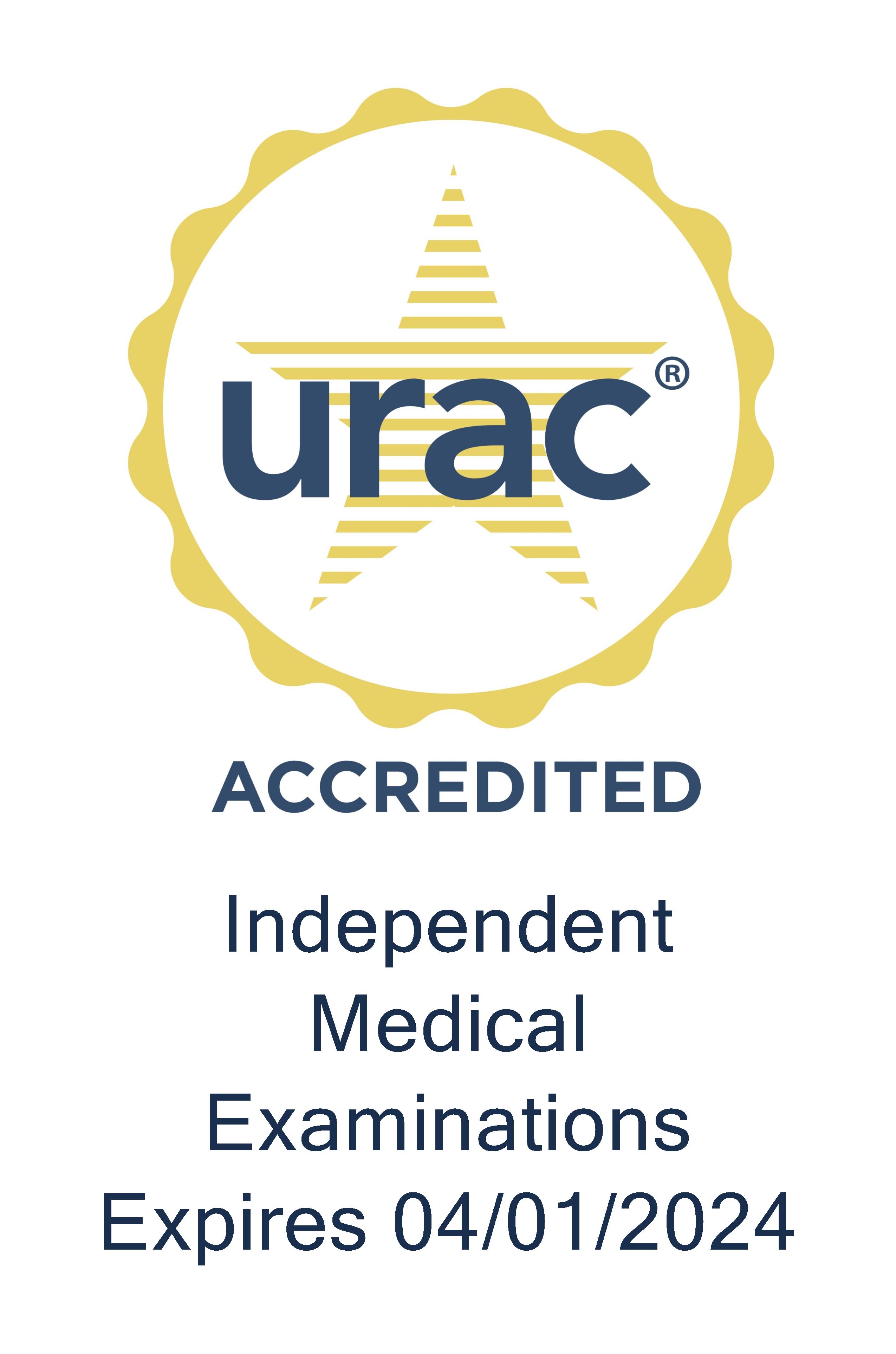Keep current with new legislation and its potential effect on your organization. This regulatory update is for informational purposes only, and provides some key highlights on state initiatives that may impact the services Genex provides.
National
The National Guideline Clearinghouse (NGC), which for nearly two years has been at the center of a debate over evidence-based treatment guidelines in workers’ comp, will be discontinued in July when its federal funding runs out. The Agency for Healthcare Research and Quality within the U.S. Department of Health and Human Services announced that funding for the clearinghouse will end July 16. NGC will continue to post summaries of new and updated evidence-based clinical practice guidelines until July 2, but is no longer accepting guideline submissions to allow time to complete the review of already submitted guidelines before July.
In a recent letter to federal officials, the American College of Occupational and Environmental Medicine (ACOEM) emphasized that using opioids for longer-term treatment of pain is appropriate only if the patient is experiencing an improvement in function. These functional outcomes include ability to perform everyday activities such as working, exercising, driving, walking and doing household tasks, according to ACOEM. The letter, which was sent to the FDA, asks the agency to petition the Office of the National Coordinator for Health Information Technology to consider adding a health record element to encourage physicians to record a patient’s functional progress and not just pain scale responses which often lead to over-prescribing of opioids, ACOEM officials said.
The Occupational Safety and Health Administration (OSHA) has announced that certain employers covered by OSHA-approved state plans must electronically report injury and illness data for calendar year 2017, even if their state plan has not yet adopted such a rule. Employers must submit the Form 300A data for 2017 through the Injury Tracking Application (ITA) online portal by July 1, OSHA officials said. There will be no retroactive requirement for employers covered by state plans that have not adopted a state rule to submit data for calendar year 2016. OSHA’s announcement corrects an error regarding implementation of the “Improve Tracking of Workplace Injuries and Illnesses” regulation. OSHA has posted a notice of the corrective action on the ITA website and related web pages. The electronic reporting requirement applies to establishments with 250 or more employees, as well as those with 20 to 249 employees in certain industries with high rates of occupational injuries and illnesses.
Statewide
ARIZONA
Gov. Ducey recently signed a bill which restricts opioid prescriptions to injured workers. SB 1111 also calls for the state’s Industrial Commission to study physician dispensing and consider new recommendations on reimbursement rates. The new law is considered the workers’ comp extension of the state’s Opioid Epidemic Act (SB 1001) which is designed to regulate opioid abuse on a broader health care scale. Under SB 1111, before prescribing opioids, Arizona providers must first perform physical exams, conduct substance-abuse risk assessments and inform injured workers of the drugs’ risks to their health. They must also report the prescription use on a national patient-monitoring database and re-check it quarterly if the patient’s use continues. The effort is designed to help prevent "doctor shopping" by abusers, officials said.
Gov. Ducey also signed HB 2025, a law intended to clarify how workers’ compensation carriers can use the tiered-rating system lawmakers approved last year. The 2017 signing of SB 1331 allowed carriers to apply for up to six deviations from the standard rate adopted by the state. Carriers are also allowed to use scheduled rating to adjust their pricing on a risk-by-risk basis. HB 2025 clarifies that carriers can use either tiered rating or a deviation, but not both, when pricing the same risk.
WATCHLIST: The Industrial Commission of Arizona is proposing a rule that providers would need to complete a request form authorization to treat injured workers. Starting Oct. 1, the commission’s proposed rules would require providers to submit a “Medical Treatment Pre-Authorization” form and would shorten the time payers must respond to a request for authorization to seven business days from the current 10. The rules would also require payers who receive a request for pre-authorization that is incomplete or not on the specified form to make a decision within seven days, or notify the provider of the deficiency. The proposed rules are intended to implement a provision in 2017’s SB 1332, which required the commission to determine a process for streamlining the treatment authorization process.
ARKANSAS
The Arkansas Workers’ Compensation Commission recently announced its Drug Formulary (Rule 099.41) will be effective for all workers’ compensation injuries or illnesses with an incident date on or after July 1. The rule is adopted for all FDA approved drugs that are prescribed and dispensed for outpatient use. The commission has posted to its website information related to the state's prescription drug formulary. Among the rule’s provisions are limits on the prescribing of opioids. All initial opioid prescriptions will now be limited to a five-day supply and may not exceed a daily dose of 50 mg morphine equivalent without prior authorization. Subsequent opioid prescriptions will be limited to a 90-day supply and may not exceed a daily dose of 50 mg morphine equivalent without prior authorization. The rule also requires insurers to have a pharmacist and physician on staff or must contract with a pharmacy benefits manager that does, and prescribers must check the prescription drug monitoring program before prescribing opioids or the sedative benzodiazepine. Compounded medications must be pre-authorized by the insurer.
CALIFORNIA
The DWC recently updated its Drug Formulary List with changes effective May 15. Most of the revisions resulted from an update of the eye disorders section of the medical treatment utilization schedule.
The California Department of Justice recently announced the state’s prescription drug monitoring program is ready for statewide use. The certification triggers a six-month implementation period after which use of the Controlled Substances Utilization Review and Evaluation System (CURES) will become mandatory in many situations. Starting Oct. 2, providers must consult the PDMP before prescribing Schedule II, III or IV controlled substances to a patient for the first time, and at least once every four months for as long as the controlled substance remains part of the treatment regimen. Providers prescribing no more than a five-day supply of medications will not be required to consult with CURES when doing so would delay timely access to treatment or if the prescription follows a surgical procedure. Doctors in the emergency department of a hospital are also excused from consulting the database for prescriptions that don’t exceed a seven-day supply.
WATCHLIST: The Division of Workers’ Compensation issued a proposal to add a geographic index to physician section of California’s Official Medical Fee Schedule that set different prices for 32 distinct regions. Fees would range from 10 percent increases in some areas to decreases of more than 5 percent in others. The DWC said in an explanation of its reasons for proposing the rule that Medicare’s January 2017 update divides California into 27 metropolitan statistical areas, as opposed to the nine regions that existed before. Because Medicare is phasing in the changes in some regions and not in others within the same districts, the effect of its fee schedule update is the creation of 32 distinct payment zones. The division’s analysis shows that the San Jose-Sunnyvale-Santa Clara metropolitan statistical area with San Benito County would see the biggest boost in physician fees after the six-year phase-in period is completed: a 9.8 percent increase in 2022. The Chico, Fresno, Hanford-Corcoran and Merced zones would see a 5.2 percent decrease in fees by 2022. Other Central Valley cities would see similar decreases. Doctors in the San Francisco Bay Area would see a 7.6 percent pay raise. Steve Cattolica, government affairs director for the California Society for Industrial Medicine and Surgery, said the DWC decided not to adopt Medicare’s Geographic Pricing Cost Indices when it updated the fee schedule to Medicare’s Resource-Based Relative Value Scale in 2013. The only geographic difference in the fee schedule is a 10 percent premium paid to physicians in underserved areas.
COLORADO
WATCHLIST: The Colorado Division of Workers’ Compensation has proposed changes to its Division Independent Medical Exam rules. The proposal would repeal its current rules and replace them with all new regulatory language. The rules set forth the qualifications for providers to perform independent medical exams, how examiners should calculate time for billing purposes, as well as reimbursement rates, and the process for selecting providers and scheduling appointments.
INDIANA
In April, the Workers' Compensation Board of Indiana released new guidelines for nurse case managers and will soon unveil new protocols for disputed claim settlement documents. Under the new guidelines, any written notes or report prepared by an NCM and provided to the employer, adjuster or medical provider will also be made available to the injured worker upon request or shall be provided upon board order. This does not include billing reports. The guidelines also limit the NCM’s communication with the injured worker to details involving the workplace, the relevant injury, medical treatment and pertinent history. Critical reminders include:
- The NCM must inform the employee that they may require the NCM not be present during a medical examination. If the NCM meets with the physician before or after a medical appointment, the injured worker must be invited to participate as well.
- All workers’ comp NCMs in Indiana must hold a professional degree as well as credentials through an approved certification organization, or be actively working toward credentials. Examples are a Certified Case Manager (CCM) certification through the Case Management Certification Commission (CMCC). URAC recognizes 9 different case management certifications. The Board will also accept these.
- Any NCM who is not yet certified must work under the supervision of one who is. All NCMs must follow the Standards of Practice for Case Managers put forth by the Case Management Society of America (CMSA) as well as the CMCC’s Code of Conduct.
- Indiana law places the responsibility for medical care direction of injured workers on the authorized treating physician and the WC Board.
Also, the board will be transitioning to electronic data interchange version 3.1 Jan. 1, 2019, for first reports of injury and subsequent reports. The electronic reporting will be required of all insurers, self-insured employers and claim administrators. The 3.1 reporting standards were devised by the International Association of Industrial Accident Boards and Commissions.
Recently Gov. Holcomb signed SB 369 which establishes a drug formulary for workers’ compensation claims. The formulary will be based on the Official Disability Guidelines Workers’ Compensation Drug Formulary, and it will be effective as of Jan. 1, 2019. For “N” drugs that are prescribed to an injured worker before July 1 and continue to be prescribed through Jan. 1, 2019, the effective date of the formulary will be Jan. 1, 2020. The legislation prohibits reimbursement for unauthorized “N” drugs. Additionally, it requires requests for authorization of “N” drugs to be sent to a third-party, URAC-accredited utilization review organization to evaluate the medical necessity of the requested drug. Failure to deliver a determination within five business days of a request will result in the deemed authorization of the request.
KENTUCKY
A workers’ comp initiative, HB 2, was recently signed into law by Gov. Bevin. It addresses several areas of workers’ comp including a requirement that the Department of Workers' Claims develop or adopt a formulary and promulgate regulations to implement it on or before Dec. 31. The legislation also charges the department to develop or adopt additional evidenced-based medical treatment guidelines for areas including, but not limited to, chronic pain management and opioid use by Dec. 31, 2019. The law has also been amended to state that any medical provider who follows the treatment guidelines or the formulary shall be presumed to have met the appropriate legal standard of care in medical malpractice cases. Other changes enacted include limits placed on an insurer’s or employer’s liability to pay for urine drug screenings and a provision stating that utilization review may be waived if the insurer or employer agrees that the recommended medical treatment is medically necessary and appropriate, or if the injured worker elects not to proceed with the recommended treatment. Among other claims-related amendments, reforms to disability benefits were also enacted to address prior constitutionality challenges.
NEBRASKA
Gov. Ricketts has signed recently into law two workers’ comp-related bills. LB 957 spells out procedures for choosing a method of payment under the state’s Workers' Compensation Act. Under the law, an injured worker or his representative may agree to receive periodic or lump-sum payments by check, direct deposit, prepaid card or a similar electronic payment system. LB 953 states that any contractor who has unpaid fines for violating the Employee Classification Act shall be barred from contracting with the state or any political subdivision until fines are paid. The bill also addresses unpaid medical expenses in workers’ comp settlements submitted to the Nebraska Workers' Compensation Court for approval.
NEW JERSEY
Gov. Murphy recently approved a state Department of Health suggestion for five new categories of health conditions that will be eligible for medical marijuana prescriptions under the state's workers' compensation system. The new conditions include anxiety, migraine headaches, Tourette's syndrome, chronic pain from musculoskeletal disorders, and chronic visceral pain.
NORTH CAROLINA
The North Carolina Industrial Commission Rules for the Utilization of Opioids, Related Prescriptions, and Pain Management in Workers’ Compensation Claims are effective as of May 1. To assist employees, employers, carriers, health care providers and other stakeholders in the North Carolina workers’ compensation system in understanding and implementing these rules, the Industrial Commission has adopted a companion guide. The guide also offers additional guidelines established by the Industrial Commission that are not contained in, but complement, the rules.
OHIO
The Ohio Bureau of Workers' Compensation (BWC) finalized new medical fee schedules and an outpatient drug formulary, both of which took effect May 1. The new fee schedules include hospital and ambulatory surgical center fees, based on Medicare reimbursement rates. Most categories appear to have changed little from the 2017 fee schedules. The bureau offers a fee schedule look-up site. The bureau also revised its drug formulary, in keeping with recommendations from its Pharmacy and Therapeutics Committee.
WATCHLIST: The BWC recently ended a comment period on a proposed revision of its outpatient drug formulary rule. The changes were recommended by the Pharmacy and Therapeutics Committee, which reviews current literature, accepted treatment guidelines and best clinical practices, as well as information from the FDA and drug manufacturers. If approved, the new rules would take effect on Jan. 1, 2019. Proposed changes include removal from the formulary of Treximet and its generic equivalents (sumatriptan/naproxen tablets), drugs used to treat migraine headaches. Relistor tablets and injections would be also deleted from the formulary, but Symproic would be added. The drugs are used to treat opioid-induced constipation. Reimbursement for benzodiazepine medications such as Valium and Ativan, used to treat anxiety, would be limited to one product per month. In claims where concurrent use of benzodiazepines was covered in the 60 days before Jan. 1, the prescriber and injured worker would be given 60 days to move to a single product per month. Also, effective Jan. 1, any injured worker who has received an antipsychotic within the past 60 days and does not have an allowed condition of schizophrenia or bipolar disorder would be given 90 days to justify medical necessity or to be weaned off the antipsychotic medication.
OREGON
The Oregon Workers’ Compensation Division has adopted substantial amendments to rules regarding rule-making and attorney fees, medical fees, payment for medical services and managed care organizations. The changes to the Oregon Administrative Rule 436-001 overhaul the processes that the division uses to make rule changes, handle requests for hearings, admit evidence and decide the amount of attorney fees. Changes to OAR 436-009 and 436-010 establish uniform guidelines for administering the payment for medical benefits to workers. Changes to OAR 436-015 establish procedures and policies for managed care organizations. The rules took effect April 1.
PENNSYLVANIA
Gov. Wolf vetoed SB 936, also known as the formulary bill, just hours before it would have become law. For two years, the bill has been disputed between insurance interests and claimants’ attorneys over the cost of workers' compensation benefits. However, the governor recently announced his plan to take executive action to continue addressing the opioid crisis and the potential for misuse and abuse of prescription opioids within the workers’ compensation system.
TEXAS
The Texas Department of Insurance, Division of Workers’ Compensation announced a new fee schedule for providing telemedicine services for injured workers. The code expands access to telemedicine services in the Texas workers compensation system by allowing health care providers to bill and be reimbursed for telemedicine or telehealth services regardless of where the injured employee is located at the time the services are delivered, according to department officials. The new fee schedule is applicable to telemedicine and telehealth services provided on or after Sept. 1.
Proposed amendments to compound drug rules were adopted by the Texas Division of Workers’ Compensation. The updates include preauthorization requirements for all compounded drugs prescribed and dispensed after July 1. Previous version of these rules only required preauthorization if the compound drug contained an “N” drug component, as identified by the Official Disability Guidelines, or if the compound drug was deemed to be “investigative or experimental” (something that payers would often have to prove after-the-fact). This change is aimed at resolving what the DWC has identified as a significant issue in Texas, where compounded drug payments increased from $5.87 million in 2010 to $11.6 million in 2015. During the same period, “N” drug prescriptions decreased by 85 percent, and “N” drug costs decreased by 80 percent.
The Texas Insurance Commissioner has issued an order adopting revised state workers' compensation classification relativities. The order calls for decreases in classification relativities by an average of 15 percent compared to levels on July 1, 2017. The change for any given classification is between a 36.3 percent decrease and a 6.3 percent increase. For workers' compensation policies with effective dates on or after July 1, 2018, the order requires workers' compensation insurers to use the revised classification relativities unless the insurer files an alternate classification rate basis. An alternate classification rate basis may include an insurer's own independent insurer-specific classification relativities, or the National Council on Compensation Insurance loss costs effective on July 1. Insurers may not use the July 1, 2017, classification relativities or the July 1, 2017, NCCI loss costs as the basis of their rates for policies with effective dates on or after July 1, 2018.
The Division of Workers' Compensation could give final approval to new telemedicine rules based on changes required by SB 1107, which passed last year. Until now, telemedicine patients had to be seen only at designated, video-equipped health clinics in underserved rural areas. The new rules allow "health care providers to bill and be reimbursed for telemedicine services regardless of where an injured employee is located at the time the services are provided.” The Texas Medical Board, which licenses physicians in the state, also released new protocols that eliminate the need for personal visits in all cases, if the doctor is licensed and has established a relationship with the patient. In most cases, “unless an exception applies,” a qualified staff member should be present with the patient to assist in the evaluation, according to the Medical Board’s explanation of its protocols.
UTAH
Gov. Herbert signed several bills before the recent legislative session end that impact workers’ compensation. These include a law giving employees the ability to charge add-on legal fees in medical-only claims (SB 92) and helping workers who previously had to fight for care on their own. However, because Utah’s Constitution gives the judiciary final say over attorney compensation, the state Supreme Court must approve the fees before they go into effect, officials said. Another initiative (SB 40) increases supplemental temporary disability benefits for workers with spouses or dependents. Another law would fine employers up to $5,000 if they harass or intimidate injured workers to dissuade them from accessing insurance benefits (HB 288), while another (SB 64), creates a working group designed to harness hospital costs.
WASHINGTON
Gov. Inslee signed into law HB 1723, a bill that would create a presumption that certain conditions sustained by federal workers at a nuclear storage site are compensable and allows those who have had work comp claims denied to re-file once the presumption takes effect. The bill, which takes effect June 6, creates the presumption that respiratory and beryllium disease and neurological and heart conditions experienced within 72 hours of exposure to fumes or chemicals at the site are compensable injuries. The presumption also applies to various forms of cancer incurred by workers at the Hanford Site. HB 1723 also requires the Department of Labor and Industries to monitor presumption claims filed by Hanford workers and prepare by Dec. 1, 2023, a report on the number of claims filed after the presumption goes into effect.
WEST VIRGINIA
Using alternatives to opioid therapy for treating non-cancer chronic pain will soon be a requirement of West Virginia state law. Under SB 273, health care practitioners treating a patient for pain will be required to refer the patient to alternative treatments before prescribing an opioid. Those alternatives may be physical therapy, occupational therapy, acupuncture, massage therapy, osteopathic manipulation, a chronic pain management program or chiropractic services. The alternative will be selected “based on the practitioner’s clinical judgment and the availability of the treatment.” The wide-ranging opioid bill, which also includes supply limits on initial opioid prescriptions for acute pain, takes effect June 7. The law would allow a practitioner to simultaneously prescribe an opioid and prescribe or recommend any of the alternative treatments. West Virginia’s new law will also require insurance companies operating in the state to cover at least 20 visits to alternative therapy providers for treatment of pain, and patients will be able to seek treatment from alternative therapy providers without a doctor’s referral. SB 273 will restrict initial opioid prescriptions for acute pain to four days for emergency rooms or urgent care center; three days for dentists and optometrists; and seven days for other providers outside of ERs or urgent care centers. The bill includes registration requirements for medication-assisted treatment offices, and patients receiving Schedule II prescriptions for more than seven days must sign a narcotics contract, agreeing to see only that prescriber and a single pharmacy for the drug. The rules don’t apply to cancer patients, hospice care or those being treated for opioid dependence.
WISCONSIN
Wisconsin collected almost $1.4 million last year in penalties, interest and unemployment insurance taxes in a crackdown on worker misclassification, the state Department of Workforce Development reported. It's part of a multi-pronged effort that began in 2013 to enforce anti-fraud laws and to educate employers on classifying workers correctly as employees or independent contractors, in keeping with workers' compensation and other laws, the department said. The department operates a Worker Misclassification Unit that works with law enforcement to investigate fraud. Since 2013, the unit has led 1,550 investigations and thousands of audits, and has promoted a public awareness campaign on worker classification.






